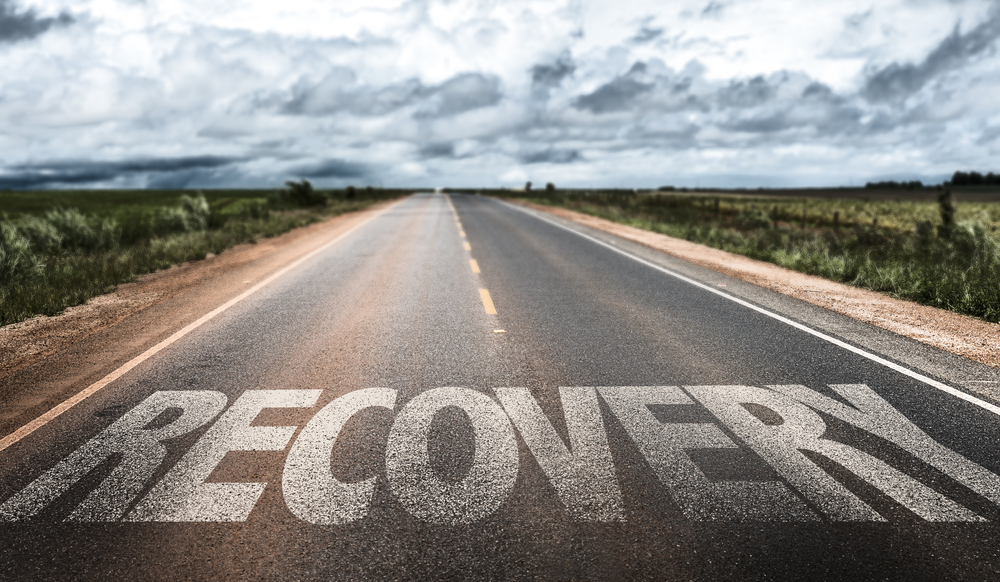How to Optimize Post-Workout Recovery in 5 Easy Steps

How to Optimize Post-Workout Recovery in 5 Easy Steps
After both brief and prolonged periods of stress or training, there are generally two significant after-effects which occur. First, fitness after-effects are positive physiological adaptations to training that help improve human performance.
These include improved neural recruitment, motor unit activation, and a release of chemicals which promote muscle fibre growth. Fatigue after-effects are negative physiological adaptations which may result in decreased energy availability to working muscles, decreased nervous system function, and reduced muscular strength.
These two after-effects interact and result in either a net increase, or net decrease, in performance. Appropriately managing fitness and fatigue through adequate training and recovery methods is the key for sustained improvements in performance.
This blog post will be covering a number of different recovery methods and tools that people can use to help manage fatigue and optimize training results.
What is Recovery, and Why Does it Matter?
Recovery Techniques
Compressive techniques including massage, compression garments; electrostimulation; stretching; anti-inflammatory interventions such as cold exposure (ice-packs or cool water baths); and active recovery techniques.
Commonalities between all recovery methods center on reducing exercise induced muscle damage, inflammation, and swelling.
Symptoms Associated with Poor Recovery
Poor recovery can result in reduced adaptations to training (plateaus in performance), increased risk of injury, negative changes in mood, unhealthy fluctuations in weight, and sleep disturbances.
How to Optimize Recovery in 5 Steps
Step 1 - Massage
Massage seems to be the most effective method of recovery after a single exercise session in reducing Delayed Onset Muscle Soreness [DOMS] and perceived fatigue.
Massage may increase blood flow to damaged muscles and reduce swelling; with a 20–30 min massage performed immediately following, or up to 2 hours, after exercise effectively reducing DOMS for 24 hours.
Step 2 - Cool Water Immersion [CWI]
Very similar to massage, cool water immersion has shown to significantly reduce DOMS, inflammation, and perceived fatigue; although to a lesser degree when compared to massage techniques.
An exposure of 11–15°C over 11–15 min was considered to be the optimal circumstance to obtain a positive impact of CWI.
Step 3 - Nutrition
Less than 60 minutes post-exercise, carbohydrates such as oatmeal, pasta, and rice, should be consumed to help replenish muscle glycogen stores and properly refuel the body.
Eating protein along with carbohydrates results in greater replenishment, and protein intake is vital in promoting growth of new muscle and repair of any damaged muscle fibers.
Step 4 - Sleep
It’s no surprise that sleep is incredibly important in recovery and performance, and sleeping for 7-9 hours per night is crucial - especially if you are looking to change body composition, increase muscle mass and/or if you want to be ready for your training session the next day.
Increasing total sleep time by 1-2 hours per 24 hour cycle, including naps, have shown significant positive effects on recovery and performance.
Step 5 - Programmed Recovery
Programmed active recovery, whether it be between exercise sets, workouts, or having a full week of programmed rest, is important in promoting blood flow to fatigued muscles while minimizing added stress.
Programmed recovery should include bouts of very light intensity aerobic work at less than 50% of maximal heart rate, for periods of 10 minutes post workout, to optimally promote recovery.
Examples include jogging, cycling, and yoga.
Contact us at the office to speak with an exercise therapist now!
References
Dalleck, L. C. (2018). The Science of Post-Exercise Recovery. American Council on Exercise ACE.
Dupuy, O., Douzi, W., Theurot, D., Bosquet, L., & Dugué, B. (2018). An Evidence-Based Approach for Choosing Post-exercise Recovery Techniques to Reduce Markers of Muscle Damage, Soreness, Fatigue, and Inflammation: A Systematic Review With Meta-Analysis. Frontiers in physiology, 9, 403. https://doi.org/10.3389/fphys.2018.00403
Vitale, K. C., Owens, R., Hopkins, S. R., & Malhotra, A. (2019). Sleep Hygiene for Optimizing Recovery in Athletes: Review and Recommendations. International journal of sports medicine, 40(8), 535–543. https://doi.org/10.1055/a-0905-3103
